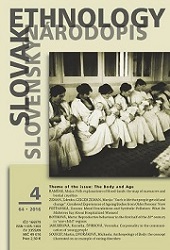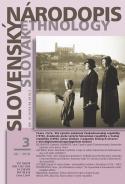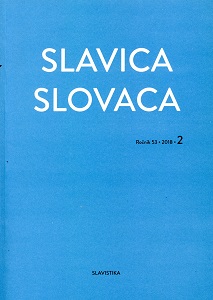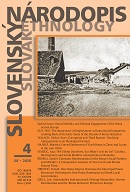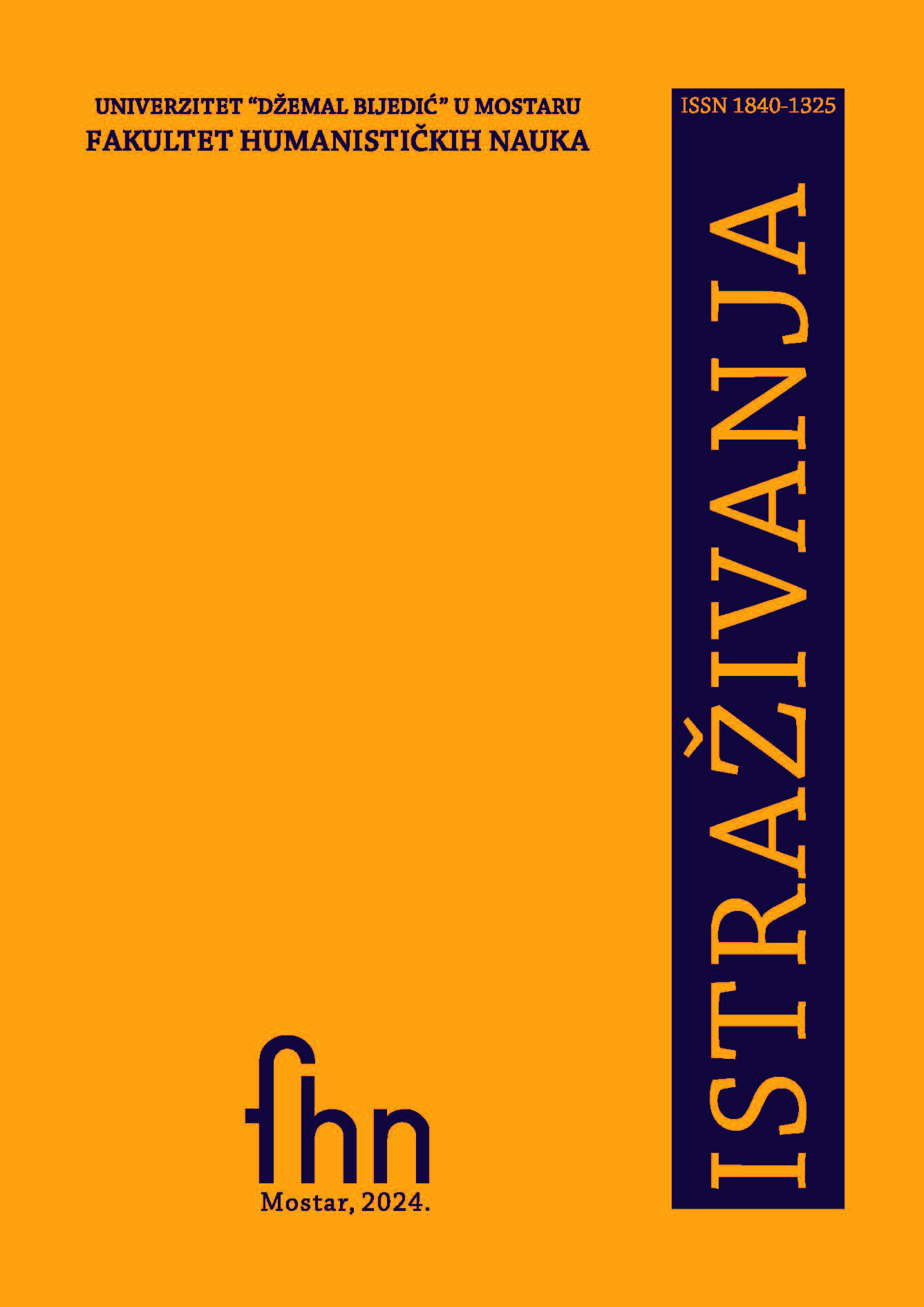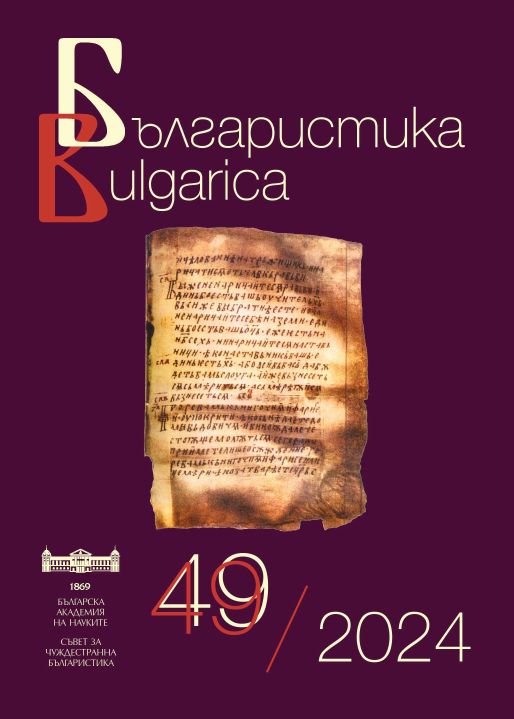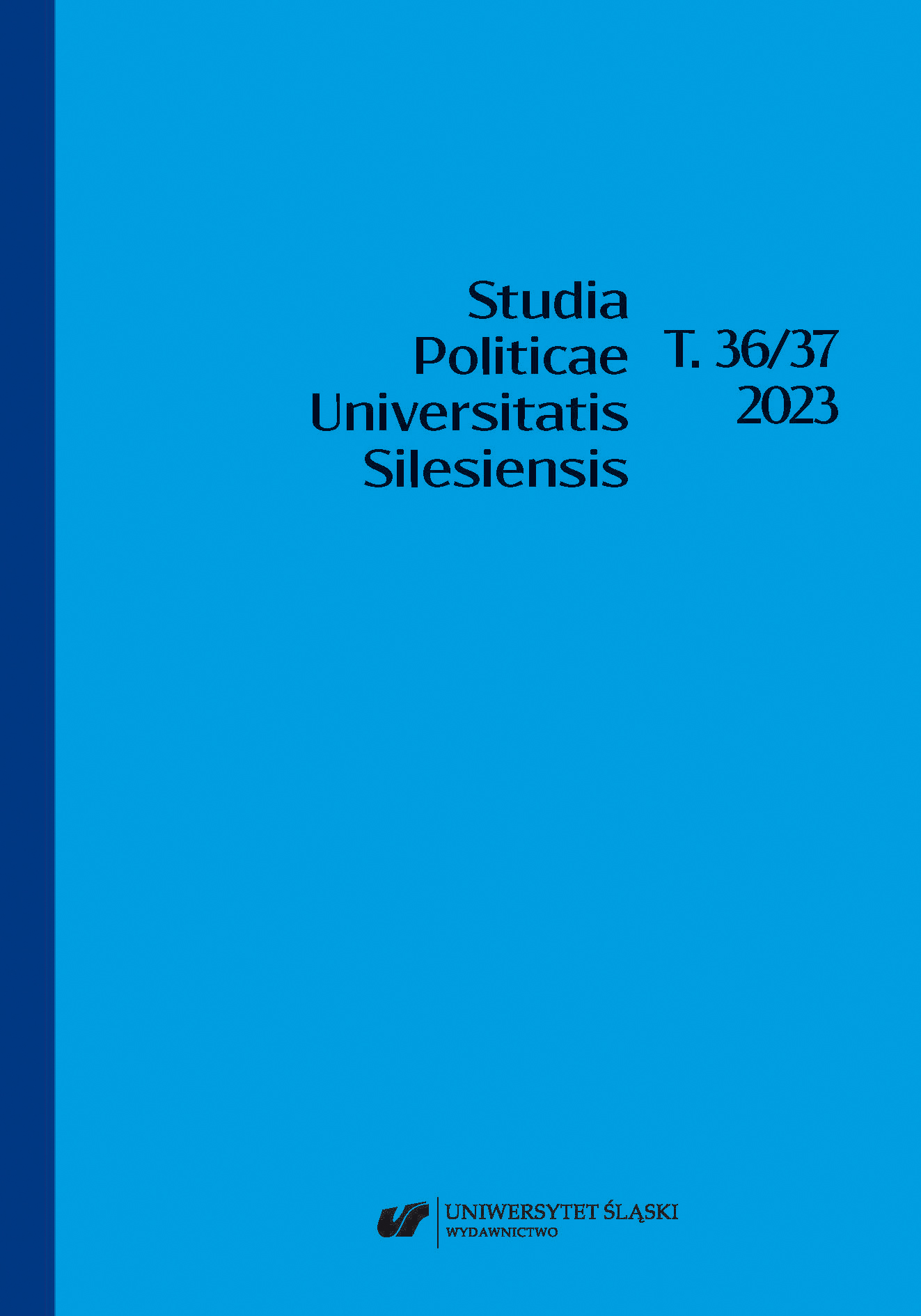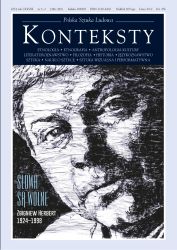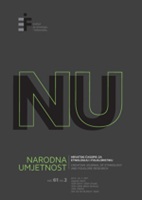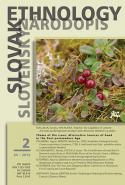
The Contribution of Josip Bakić’s Research to the Study of Wild Edible Plants of the Adriatic Coast: a Military Project with Ethnobiological and Anthropological Implications
Between 1962-1986 the Yugoslav Army carried out a project in which Josip Bakić from the Institute for Naval Medicine of the Yugoslav Navy in Split took the main professional role. In the project, amongst other activities, Bakić and his team explored the possibility of soldiers’ survival on the Adriatic islands based on wild plants and marine animals. As a part of this project, wild food plants and animals from the coast that had been used by the population during World War I and II were surveyed. Some phytochemical properties of the plants were also studied. Education of soldiers and the wider public was provided based on the results of the research and experiments. The project is a unique example of combining a scientific study with a practical military experiment. Apart from scientific papers the results were also popularized as a survival handbook, a book about nutrition from nature, film documentaries, and workshops. In this paper we summarize the achievements of this project based on the review of published data and interviews with Josip Bakić.
More...
